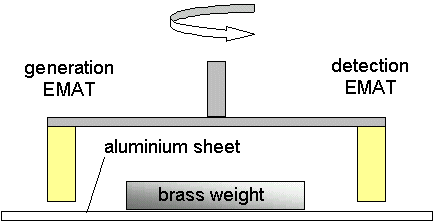This paper reviews the most recent models for description of the anisotropic plastic behavior and formability of sheet metals.
Anisotropy in sheet metals.
The variation of their plastic behavior with direction is assessed by a quantity called lankford parameter or anisotropy coefficient 4 1.
Anisotropic sheet metal introduction when a bar plate or sheet of metal is manufactured a number of working processes are involved that impart a crystallographic texture to the metal component.
The sheet features a union jack style perforated design.
A flexible yield condition yld2000 2d is selected and material parameters are identified by using the strain field measurements on specimens with a varying cross section.
It is easy to work with and very attractive in the home.
X 36 the md building products 36 in.
Mill aluminum union jack style perforated sheet metal offers a decorative way to complete your hvac door window hobby and cabinet projects.
In these models it was assumed that the principal directions of orthotropy of the sheet metal remain orthogonal during deformation.
Anisotropy in sheet metal can be useful in deep drawing and other forming processes.
Another model for sheet metal forming proposed in vladimirov et al 2010 uses the standard multiplicative formulation with hyperelasticity and structural tensors to characterize anisotropy.
Anisotropy has effect on yield locus.
During rolling the sheet develops anisotropy both in the plane of the sheet called planer anisotropy as well in the thickness of sheet called anisotropy ratio.
After a brief review of classic isotropic yield functions recent.
A number of case studies are presented relating to mechanical and.
Anisotropy in sheet metals.
σy 3 changes independent of σy 1 2 yield stress in direction 1 2 respectively.
The md building products 36 in.
The lankford coefficient also called lankford value r value or plastic strain ratio is a measure of the plastic anisotropy of a rolled sheet metal.
Anisotropy is described by normal anisotropy planar anisotropy which is related with crystallographic textures in rolled sheets the texture is symmetrical around the normal sheet.
The present work focuses on the identification of the planar anisotropy of sheet metals utilizing the femu approach.

